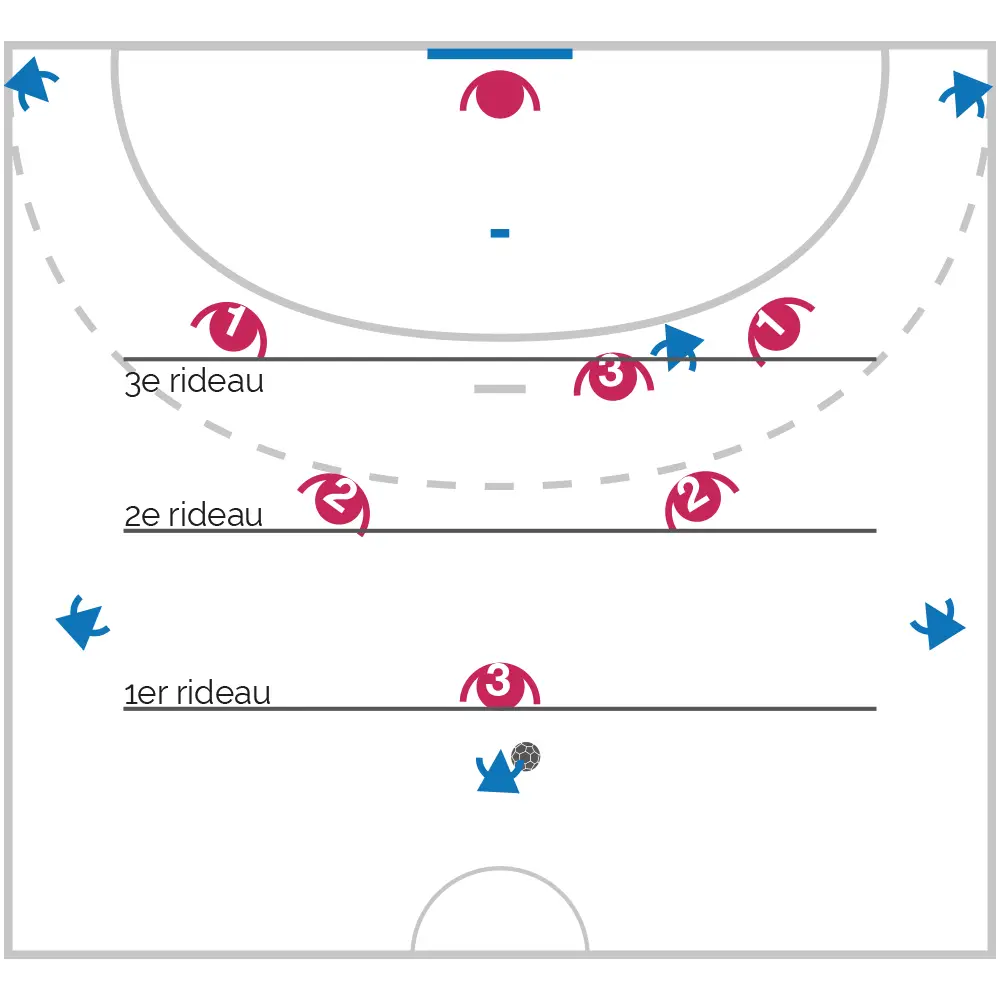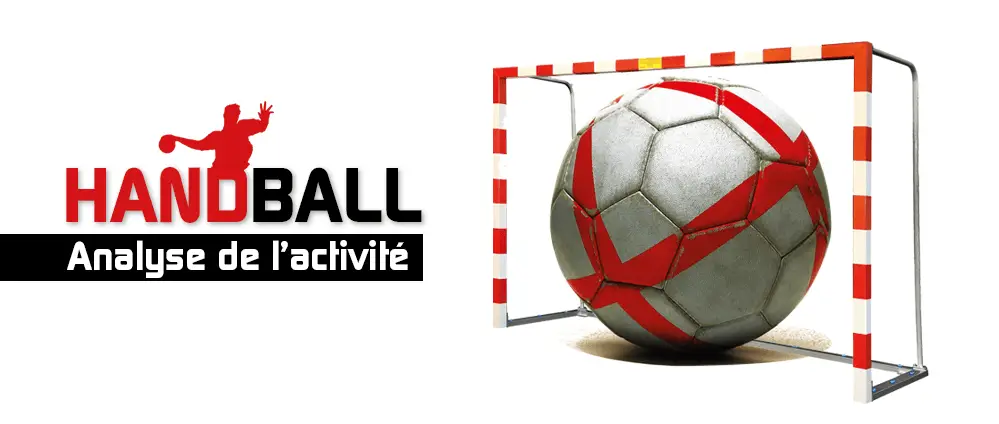What is the classic defensive position in handball called?
The pivot plays a crucial role in a sports team, especially when one of the attacking players tries to penetrate the opposing defense. The pivot can make blocks by placing himself between his teammate and the opposing defender, in order to allow his teammate to pass through this defense. He is considered one of the most important players after the goalkeeper.
What is the number of referees in handball?
In handball, important matches are supervised by two referees working as a team. They are assisted by two officials who are responsible for maintaining the scorers’ table, namely the secretary and the timekeeper. In addition, during national and international competitions, a referee delegated by the organizing body is also present to ensure the smooth running of the match. The presence of these different actors guarantees efficient and equitable management of sporting events.
What is the best position in handball?
The full back in handball, whether right or left, is the most powerful and athletic position on the court.
How to be strong in handball?
5 Tips to Improve Your Handball Skills
– Hold the handball firmly in your hand. This sport is unique and requires a solid grip.
– Master dribbling to approach the goal with confidence. Learn to lower the ball correctly.
– Play as a team, because handball is a team sport where collaboration is essential.
– Get a good handball for optimal performance. Choose the one that suits you best.
– Work on your endurance and reflexes to be in top physical shape during matches.
How to work on your handheld Explosiveness?
To improve the explosiveness of players, plyometrics is a very effective method. It consists of a sequence of eccentric contraction followed by an intense concentric contraction. Jumps, whether horizontal or vertical, are particularly interesting for this type of training. They can be done on grass, for example.
How to take a handball penalty correctly?
First of all, the shooter is forced to shoot and cannot pass. As soon as the referee blows his whistle, he has three seconds to make his 7-meter throw. It is also important that he does not touch or cross the 7 meter line before the ball leaves his hand.
How to learn to play handball?
Handball, as a sport, emphasizes technical skills, tactical knowledge and improvisation. To ensure success in learning this sport, it is crucial that students are motivated and clearly understand what is on offer.
What are the rules of handball?
In handball, it is important to know how to dribble with the ball. When the player has the ball in hand, he can advance by taking as many steps as he wishes, but he can only perform 4 supports (3 steps) without losing the ball. Additionally, he is not allowed to hold the ball for more than three seconds if he remains still.
How to dribble in handball?
When a player catches the ball with one or both hands, he must release it after taking a maximum of 3 steps or within 3 seconds (13.1a). The ball is considered to have dribbled or bounced as soon as the player touches it with any part of his body and brings it down to the ground. Here are the key points to remember:
– The player must play the ball after controlling with one or both hands.
– He can take up to 3 steps before releasing the ball.
– He must also release the ball within 3 seconds of taking control.
– As soon as the player touches the ball with any part of his body and directs it towards the ground, it is considered a dribble or a rebound.
In summary, the player must be quick in his actions when controlling the ball, playing either after taking a maximum of 3 steps or within the next 3 seconds. Additionally, as soon as he touches the ball and brings it toward the ground with any part of his body, it is considered a dribble or rebound.
What are the handball fouls?
If a player unfairly catches, belts, pushes or holds his opponent to prevent him from throwing the ball, it constitutes a foul. Usually, this foul is punished by a free throw.
How to stand out in handball?
To break the position of the line in relation to the ball carrier and defender, it is important to make yourself available to receive. When doing so, keep in mind some key points such as distance, orientation, running and of course, the ball.


